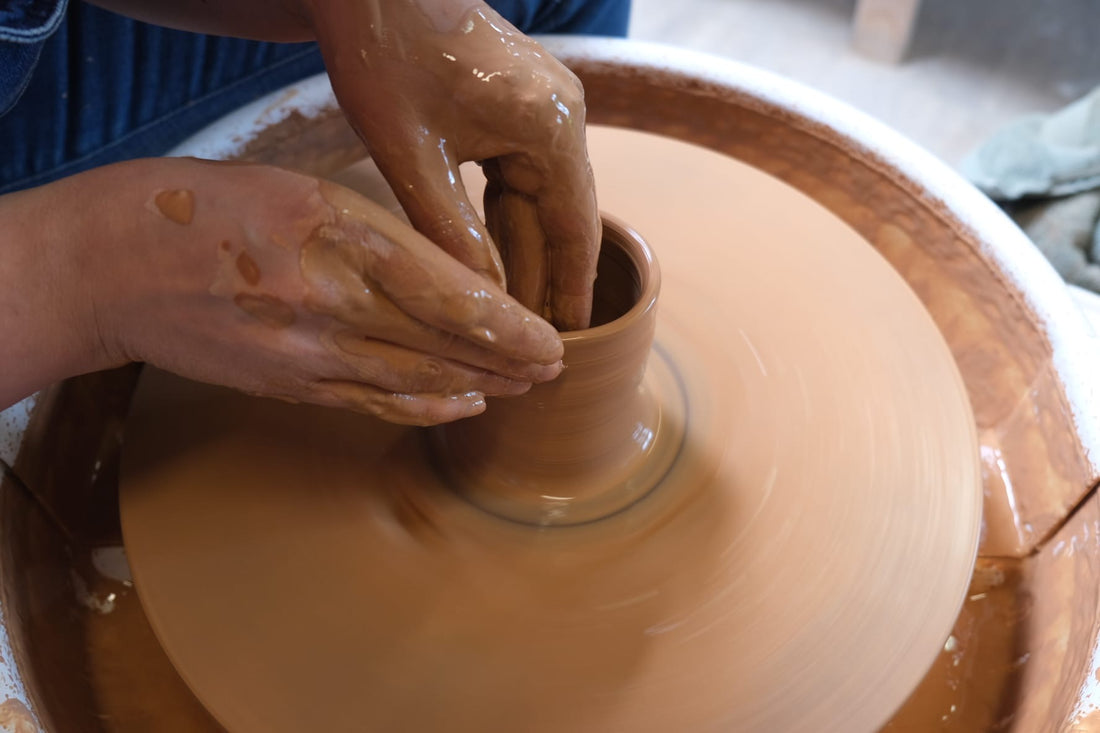
How do you know if a piece has lead?
Share
There is much talk about lead in ceramic pieces, but little is said about why it was used in the preparation of glazes on clay or ceramic pieces.
First of all, what is enamel? It is a vitreous coating. Glass is made of silica and silica needs a flux, i.e. something that melts it in the oven and forms the shiny layer that covers the piece (it is not varnish, in case you didn't know).
But... why lead? Well, it turns out that lead is one of many fluxes and that it works at low temperatures, which is ideal for crafts that are made in wood-fired ovens or low-temperature ceramics and it also makes the colors pop and looks very pretty.
Now, let's get to what concerns us:
Since 2013, in some workshops in the Espiritu Santo neighborhood in Metepec, State of Mexico, they began to apply lead-free pottery without using lead oxide (greta), thanks to the fact that FONART taught a course on Lead-Free Enamels, thus giving the opportunity to export their products.
So, if you still have doubts, I invite you to follow the method recommended by PROFECO: place white vinegar in a deep bowl and submerge part of the piece for 24 hours. If a little dust or scale-like stain appears, be careful because it contains lead. Otherwise, enjoy your ceramic piece.

Source: Consumer Magazine via X
There are lead detection kits available on Amazon.
So with this information, you can continue enjoying your coffee in a clay jar.
